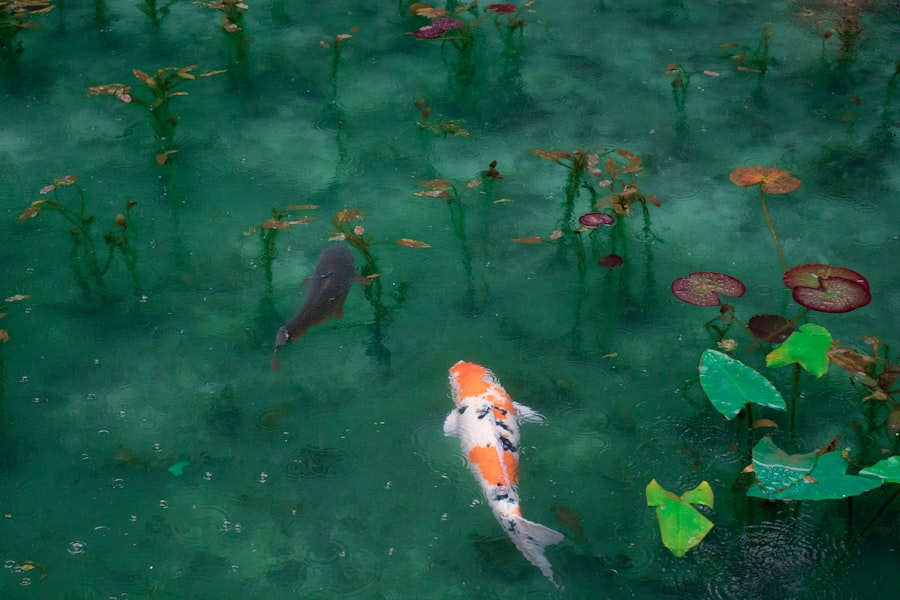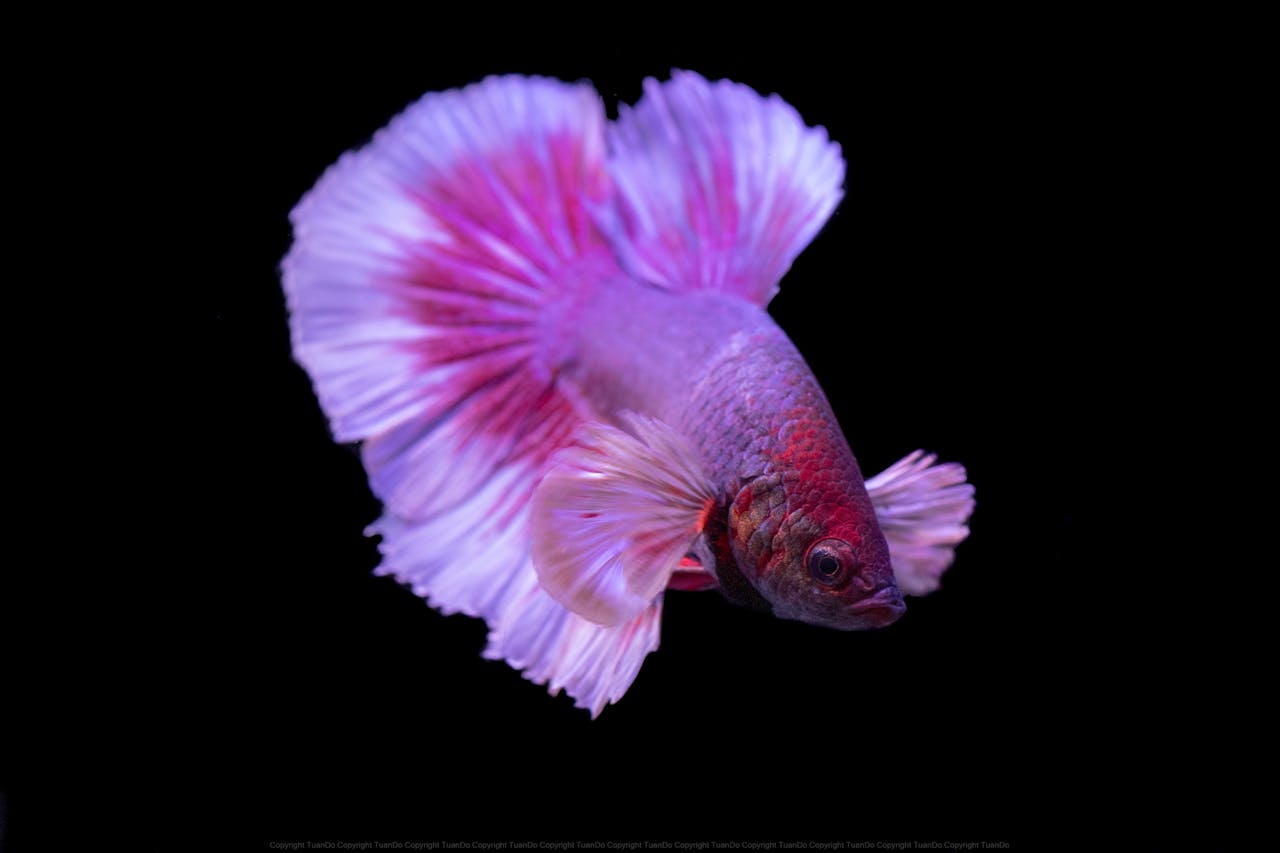Betta fighting, a practice that has captivated enthusiasts and spectators alike, has deep roots in various cultures, particularly in Southeast Asia. The betta fish, known scientifically as Betta splendens, is not only admired for its vibrant colors and flowing fins but also for its fierce temperament. As we delve into the world of betta fighting, we uncover a complex interplay of natural instincts, human intervention, and ethical considerations.
This article aims to provide a comprehensive understanding of betta fighting, exploring the natural aggression of these fish, their behavior, the factors that trigger fights, and the responsibilities we bear as their caretakers. As we embark on this exploration, it is essential to recognize that while betta fighting can be seen as a form of entertainment, it also raises significant ethical questions. The practice has evolved from traditional forms of competition to a more commercialized spectacle, often leading to concerns about the welfare of the fish involved.
By examining the intricacies of betta behavior and the environmental factors that influence their aggression, we can better appreciate the challenges and responsibilities that come with owning these remarkable creatures.
Key Takeaways
- Betta fish are known for their natural aggression and territorial behavior, which can lead to fighting in aquariums.
- Understanding the triggers and behavior of betta fish is crucial in preventing and managing fighting in aquariums.
- Factors such as limited space, incompatible tank mates, and breeding season can trigger betta fighting.
- To prevent betta fighting, provide adequate space, avoid housing them with other aggressive fish, and create hiding spots in the aquarium.
- In the event of betta fish injuries from fighting, it is important to separate the fish and provide proper treatment to prevent infection and promote healing.
The Natural Aggression of Betta Fish
Betta fish are inherently territorial and exhibit aggressive behavior, particularly towards their own kind. This aggression is a survival mechanism that has evolved over centuries. In their natural habitat, male bettas establish territories to secure resources such as food and breeding grounds.
This instinctual behavior is not merely a product of their environment; it is deeply ingrained in their biology. Understanding this natural aggression is crucial for anyone considering betta ownership.
Male bettas are particularly prone to aggression when they encounter other males, leading to displays of fin flaring and aggressive posturing. These behaviors serve as warnings before physical confrontations occur.
Recognizing these signs can help us create a more harmonious environment for our bettas and prevent unnecessary conflicts.
Understanding Betta Fish Behavior

To truly appreciate betta fish, we must delve into their behavioral patterns. Betta fish communicate through a combination of body language and color changes. When they feel threatened or challenged, they may flare their gills and fins, displaying their size and strength to intimidate rivals.
This behavior is not limited to interactions with other bettas; it can also be observed in response to reflections in glass or even the presence of other fish species. As we observe our bettas, we can learn to interpret these signals, gaining insight into their emotional states. Moreover, bettas are intelligent creatures capable of learning from their experiences.
They can recognize their owners and may even respond to training cues. This intelligence adds another layer to our understanding of their behavior. By engaging with our bettas through interactive play or training exercises, we can foster a bond that enhances their well-being.
However, it is essential to remember that despite their intelligence, bettas still possess strong territorial instincts that can lead to aggression if not managed properly.
Factors that Trigger Betta Fighting
| Factor | Description |
|---|---|
| Territorial Aggression | Bettas are highly territorial and will fight to defend their space. |
| Male Competition | Male bettas are aggressive towards each other, especially in the presence of females. |
| Visual Stimulation | Bettas may become agitated by seeing other bettas, leading to fighting behavior. |
| Small Tank Size | Keeping bettas in small tanks can lead to stress and aggression, triggering fights. |
Several factors can trigger fighting among betta fish, and understanding these triggers is vital for responsible ownership. One primary factor is the presence of other male bettas in close proximity. When two males are housed together or can see each other through glass barriers, they may perceive each other as threats, leading to aggressive displays and potential fights.
Additionally, environmental stressors such as inadequate tank size or poor water quality can exacerbate aggressive tendencies. Another significant factor is breeding behavior. During mating season, male bettas become particularly aggressive as they compete for the attention of females.
This competition can lead to intense confrontations between males as they vie for dominance and the opportunity to mate. Recognizing these triggers allows us to create an environment that minimizes stress and aggression among our bettas, ultimately promoting their health and well-being.
Preventing Betta Fighting in Aquariums
Preventing fighting among betta fish requires careful planning and consideration of their needs. One effective strategy is to provide ample space for each fish. A larger tank allows for territorial boundaries to be established, reducing the likelihood of confrontations.
Ideally, we should aim for at least 5 gallons per betta to ensure they have enough room to swim freely without feeling threatened by nearby rivals. In addition to tank size, we must also consider tank mates carefully. While some fish species can coexist peacefully with bettas, others may provoke aggression due to their vibrant colors or similar body shapes.
Researching compatible species and avoiding potential triggers can help us create a peaceful community tank environment. Furthermore, providing hiding spots and visual barriers within the tank can give our bettas safe spaces to retreat when they feel threatened.
Treating Betta Fish Injuries from Fighting

Despite our best efforts to prevent fighting, injuries may still occur among betta fish. When this happens, it is crucial for us to act swiftly and effectively to ensure their recovery. First and foremost, we should separate any injured fish from potential aggressors to prevent further harm.
A hospital tank with clean water and appropriate conditions can facilitate healing. Injuries such as torn fins or wounds require careful monitoring. We should keep an eye out for signs of infection, such as discoloration or swelling around the injury site.
In some cases, adding aquarium salt can help promote healing by reducing stress and preventing infection. However, we must be cautious with salt usage and ensure it is appropriate for our specific tank conditions. If injuries are severe or do not improve over time, consulting a veterinarian with experience in fish care may be necessary.
Ethical Considerations of Betta Fighting
As we reflect on the practice of betta fighting, ethical considerations come to the forefront of our minds. While some may view it as a traditional sport or form of entertainment, we must recognize the potential harm it poses to the fish involved. The commercialization of betta fighting has led to practices that prioritize profit over animal welfare, raising serious concerns about the treatment of these creatures.
We must advocate for responsible ownership and ethical treatment of all animals, including bettas. This means rejecting practices that exploit their natural aggression for entertainment purposes while promoting education about their care and well-being. By fostering a culture of respect for these remarkable fish, we can ensure that future generations appreciate them not only for their beauty but also for their intrinsic value as living beings deserving of compassion.
Responsible Betta Fish Ownership
In conclusion, our journey through the world of betta fighting has illuminated the complexities surrounding these fascinating creatures. From understanding their natural aggression and behavior to recognizing the factors that trigger fights, we have gained valuable insights into what it means to be responsible betta owners. As we navigate this intricate landscape, it is essential for us to prioritize the well-being of our fish above all else.
By creating environments that minimize stress and aggression while promoting healthy interactions among our bettas, we can foster a deeper connection with these remarkable animals. Moreover, embracing ethical considerations in our approach ensures that we contribute positively to the broader conversation about animal welfare in the context of pet ownership. Ultimately, responsible betta fish ownership is about more than just enjoying their beauty; it is about honoring their lives and ensuring they thrive in our care.
If you are interested in learning more about betta fights, you may want to check out this article on how to prevent betta fish from fighting. This article provides valuable information on how to create a peaceful environment for your bettas and reduce the likelihood of aggressive behavior. It is important to understand the dynamics of betta fights and take steps to ensure the well-being of your fish.


